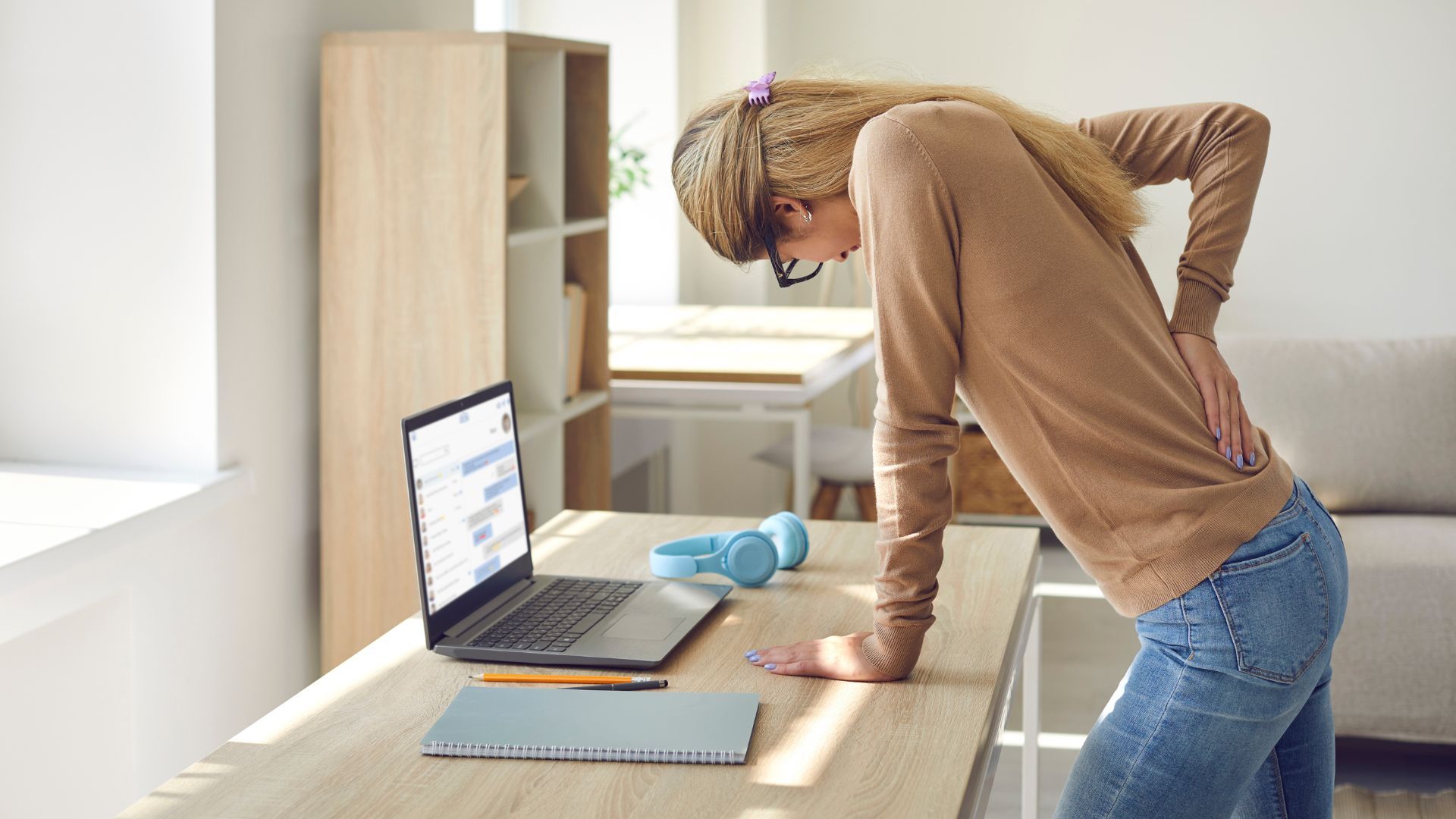Once upon a time, working from home was a lovely dream for the average worker. Those at the top of the professional pyramid have always had the option of avoiding offices, of course, but building a middle-class career has long meant accepting a static desk (likely in an inconvenient location). During the worst of the midweek slog, there was joy in imagining working from a sofa. But, there are a few things about working from home that nobody tells you in advance.
Then came the one-two punch of robust internet infrastructure and a global pandemic. With technology making it possible for most people to work remotely and lockdowns forcing companies to accept that they didn’t need people to be office-based, things changed massively. Before the pandemic, only 5 percent of the American workforce worked from home. Now, nearly 30 percent of all work is remote. And ever since then, working from home has been a standard option. Some forecasters suggest that as much as 39% of global knowledge workers will work hybrid (hybrid is a combination of remote and in-office) by the end of 2023.
This is great news. It’s inarguably true that having the freedom to work from home if you want to work remotely is a spectacular addition to the world of employment. And you surely want to — right? Well, it’s not quite that simple. There are some things you need to know about working from home if you’re going to make a long-term decision about your working environment, and we’re going to look at five of them in this post. Let’s get started.

1 – Ergonomics matter
We all know about health and safety concerns. Sitting at a certain angle, taking regular breaks, and setting your display at the ideal height benefits your health and well-being. There is a wide range of actions to make your working environment comfortable. Arguably, most workers need to focus more attention on this area, lest they discover it was a mistake to overlook the physical setup of their remote working environment.
Admittedly, you might not discover this for a while, and during that time, you’ll assume that it’s all overblown. Indeed, you tell yourself that you don’t need an ergonomic setup, and that your workspace is adequate. Maybe ergonomics is essential for some people, such as those lacking strength and flexibility. However, you can forge ahead with the most basic setup imaginable.
Then, one day you discover that working in a slumped, unsupported position is not a good idea. Once physical issues develop with your hands, arms, or back, it’s more difficult to address them. So if you’re going to work from home, take your setup seriously — before you have to undo practices that harmed you.
2 – It’s easy to cage yourself
Picture the scene: you are focused on your work all day. You’re primarily motionless in a “cubicle” as you complete your tasks; you look forward to leaving your workplace at the end of the day. Finally, you’re unleashed! Skip to the next day. Where are you? In the same place, essentially motionless at your desk, with the same confining postures with the same unchanging views.
Part of the idea that you feel stuck in a cage is mental. We all get stuck in routines, and sitting at the same desk daily is routine. But another part stems from a fundamental misunderstanding of working from home. When you work remotely, you can work from almost anywhere. “Not overseas,” you might object. However, I have three words for you: employer of record.
If you’re thinking, “What is the employer of record supposed to mean?” you should follow that link. But the gist is that any company can hire people anywhere. For example, working for a Spanish company not only doesn’t require you to be in Spain (or prohibit you from working vacations). But, working for a Spanish company also does not require you to be based in Spain. Sure, you might need to convince your employer to accommodate a big overseas move, but if you want to escape, then why not try? In today’s working world, knowing that most boundaries are gone gives you flexibility and won’t limit your options.

3 – You give up commuting when you work remotely
Say goodbye and good riddance to an exhausting drive through dense traffic. Parting is such sweet joy. If you commute by train, you find them expensive and only available at inconvenient times. Get away from a tedious commute when you work from home. You get more free time and reduce expenses. What’s not to love about those two perks?
There are a few people who enjoy the commute. You may find something undeniably nice about commuting. The journey gives you time to think; necessary travel prevents your attention from wandering. You can gather your energy before you start your workday and decompress when you head home. The result is a satisfying first step back into your home in the evening.
Others who enjoy the commute find it allows them to take extra steps during the day and do some people-watching. Even if you never strike up a conversation during your commute, simply being around other people makes some people feel more connected to society. If you feel a sense of loss concerning your commute, consider creating a fake commute by adding a 20-minute walk before work and at the end of your day.
4 – Your home loses its shine
Whatever area you call home is your haven: the one place you can feel relaxed and comfortable. As your domain, it’s under your control and filled with good memories: playing games, watching movies, and laughing with friends and family. So what happens when you bring work into that area?
The work becomes more pleasant: you enjoy familiar surroundings and have more freedom to step away from work for a few moments. But just as the environment lightens the work, the work weighs on the environment. Slowly, your home stops feeling like a safe area for retreat, and it becomes a place of relaxation and work, making it suboptimal for when you want to get away from anything that even reminds you of work.
If your home has always been your refuge, then think about where else you could build a refuge while working from home. An eatery you enjoy, a public park you can visit, or a friend’s house. Your mental health needs to have somewhere to let your guard down and fully get away from work.

5 – The days get longer.
When you subtract the commuting time, reschedule the mandatory breaks, and clear out the previously-unavoidable last-minute exchanges, you end up with a significantly-shortened workday. You’d think, then, that a typical day of work would speed by relative to office drudgery — yet that isn’t often the case. In truth, the day often feels longer.
There are many reasons for this, but the biggest is that you miss many office-based conversations that soak up time. A minute here, a minute there, five minutes catching up with someone, ten covering what you’re getting for lunch. These are the interactions that keep you engaged and going.
And when you don’t have the variety of an office around you (the buzz, the hustle, and/or bustle), the only distractions that come along are the kind of pulling you away from work for extended productivity-busting periods instead of reassuring interludes. That means you need to add the variety, and take control and build them into your day. Only you can break up your day and throw in enough twists and turns to keep the clock advancing, so if you start feeling tedium, make some changes.








